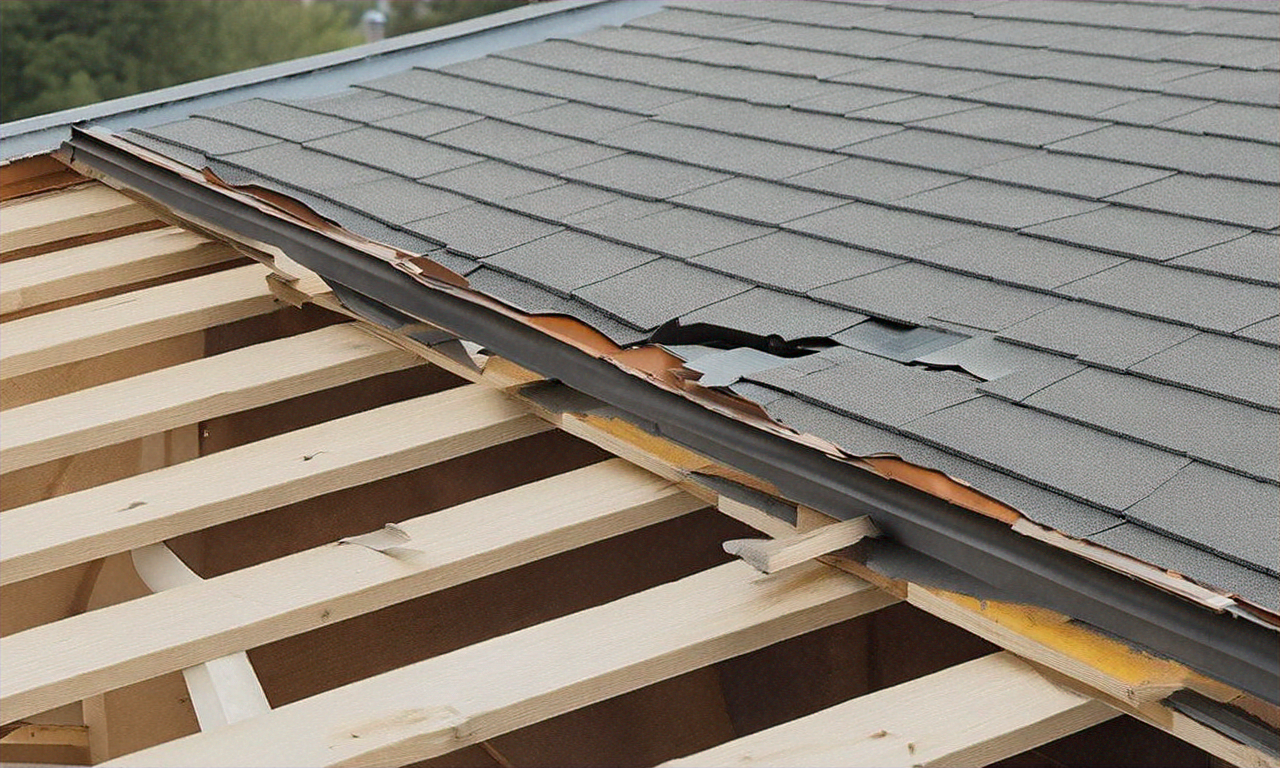How to Avoid Common Mistakes When Repairing a Damaged Roof
Roof repairs require careful planning and proper execution to ensure long-lasting results. Many homeowners unknowingly make critical errors that can lead to costly damage, safety hazards, and premature deterioration. Understanding these pitfalls and implementing the right preventive measures can save you thousands of dollars while protecting your home's structural integrity and your family's safety.

Roof damage is an inevitable part of homeownership, whether caused by severe weather, aging materials, or normal wear and tear. While some repairs may seem straightforward, the complexity of roofing systems means that even minor mistakes can have major consequences. Professional contractors see the same errors repeatedly, and these mistakes often result in water damage, structural problems, and expensive repairs that could have been avoided with proper knowledge and preparation.
What Are the Most Common Mistakes Made by Homeowners When Repairing Damaged Roofs
The most frequent error homeowners make is attempting repairs without proper safety equipment or knowledge. Working on a roof without harnesses, appropriate footwear, or understanding of structural limitations leads to accidents and inadequate repairs. Another critical mistake involves using mismatched materials or incorrect installation techniques. Many homeowners purchase shingles that don’t match their existing roof’s specifications, leading to uneven wear patterns and potential leaks.
Ignoring underlying structural issues represents another significant error. Homeowners often focus on visible damage like missing shingles while overlooking problems with flashing, gutters, or the roof deck itself. This superficial approach means that root causes remain unaddressed, leading to recurring problems and more extensive damage over time.
Key Preventive Measures to Ensure Safe and Durable Roof Repairs
Successful roof repairs begin with thorough safety preparation. Always use proper safety equipment including non-slip shoes, safety harnesses, and have someone present during the work. Check weather conditions carefully and avoid working during windy, wet, or icy conditions. Ensure your ladder is stable and positioned at the correct angle.
Material selection requires careful attention to manufacturer specifications and local building codes. Purchase materials that match your existing roof’s grade, color, and style. Consider the age of your roof when selecting materials, as newer materials may not integrate well with older systems. Always buy slightly more materials than needed to account for waste and future repairs.
Proper preparation includes cleaning the work area thoroughly and inspecting surrounding areas for additional damage. Remove debris, check flashing integrity, and examine gutters and downspouts. Document the damage with photographs before beginning work, which can be helpful for insurance claims and future reference.
Practical Steps to Properly Identify and Repair Roof Damage Before It Worsens
Effective damage assessment starts from inside your home. Check your attic for signs of water intrusion, including stains, mold, or daylight visible through the roof deck. Examine insulation for moisture damage and look for sagging areas that might indicate structural problems.
External inspection should be systematic and thorough. Start by examining shingles for cracks, curling, or missing pieces. Check flashing around chimneys, vents, and roof joints for gaps or corrosion. Inspect gutters for proper attachment and drainage. Look for granule accumulation in gutters, which indicates shingle deterioration.
When performing repairs, work from the bottom up to maintain water flow patterns. Replace damaged shingles completely rather than attempting patches. Ensure proper overlap and nail placement according to manufacturer guidelines. Pay special attention to sealing around penetrations like vents and chimneys.
Budget Considerations for Roof Repairs
Roof repair costs vary significantly based on damage extent, materials chosen, and regional labor rates. Minor repairs like replacing a few shingles typically cost between $150 to $400, while more extensive work can range from $1,000 to $3,000. Emergency repairs often carry premium pricing, making preventive maintenance more cost-effective.
Factoring in material quality affects long-term costs. Higher-grade materials may cost more initially but often provide better durability and warranty coverage. Consider the age of your roof when making repair decisions, as extensive repairs on an aging roof might be less cost-effective than replacement.
| Repair Type | Cost Range (CAD) | Timeline | Complexity Level |
|---|---|---|---|
| Shingle Replacement | $150 - $400 | 1-2 days | Low |
| Flashing Repair | $200 - $600 | 1-3 days | Medium |
| Gutter Repair | $100 - $300 | 1 day | Low |
| Structural Repairs | $1,000 - $3,000 | 3-7 days | High |
| Emergency Patching | $300 - $800 | Same day | Medium |
Prices, rates, or cost estimates mentioned in this article are based on the latest available information but may change over time. Independent research is advised before making financial decisions.
When to Call Professional Contractors
Certain situations always require professional intervention. Structural damage, extensive water infiltration, or repairs involving electrical components should never be attempted by homeowners. If you’re uncomfortable with heights, lack proper tools, or feel uncertain about any aspect of the repair, professional help is essential.
Complex roofing systems with multiple levels, steep pitches, or specialized materials require expert knowledge. Professional contractors have insurance coverage, proper equipment, and experience handling unexpected complications that often arise during repairs.
Understanding these common mistakes and implementing proper preventive measures can significantly improve your roof repair outcomes. While some repairs are suitable for experienced DIY enthusiasts, recognizing your limitations and knowing when to seek professional help protects both your safety and your investment. Regular maintenance and prompt attention to minor issues prevent small problems from becoming major expenses, ensuring your roof continues protecting your home for years to come.




